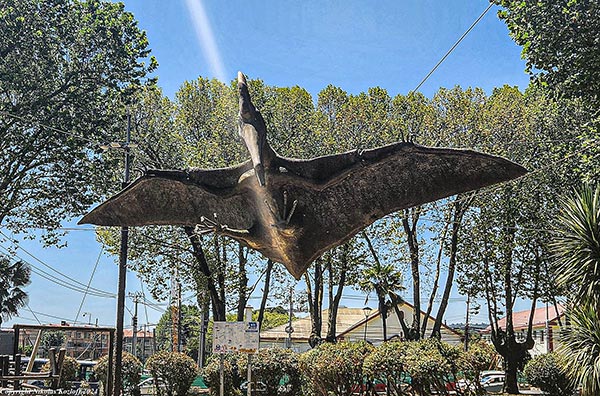
Concepción Natural History Museum
In Concepción, I paid a visit to the Museum of Natural History.
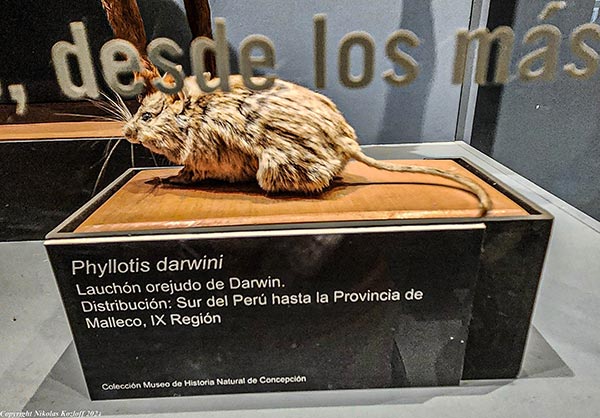
Throughout his travels, including Chile, Darwin encountered petrified wood, either within sediments or loose and washed out of source deposits. Petrified wood forms when trees are buried, and over time minerals collect, thus turning the wood into stone while preserving the ancient structure. By studying the geology of rocks, shells and fossils around petrified wood, the age of fossilized plants or animals could be revealed. What is more, even after it is replaced by stony minerals, petrified wood can tell the story of changing landscape over time, with fine details minutely preserved.
In Tierra del Fuego and Mount Tarn, Darwin encountered what he called a nautilus. Darwin’s “nautiloids” turned out to be ammonites: cephalopod molluscs and relatives of present-day octopus and squid. It is believed that Darwin encountered the first specimens of ammonites recovered from South America, which went extinct during the Cretaceous. Ammonites are regarded as exceptional ‘index fossils’ which can be used to identify the geological time period in which they existed. During his travels in Chile, Darwin observed many mollusc fossils, which convinced him that mountains had risen from the sea, a geological idea relevant in terms of the theory of evolution.
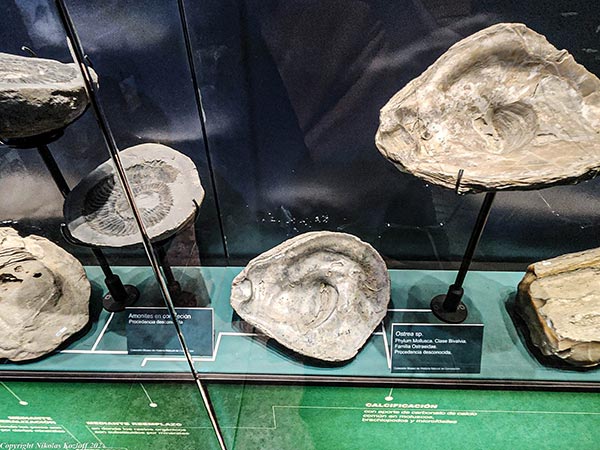

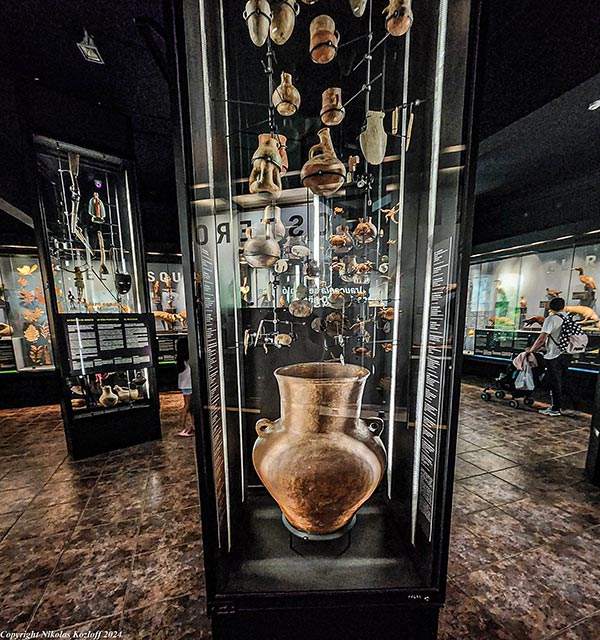
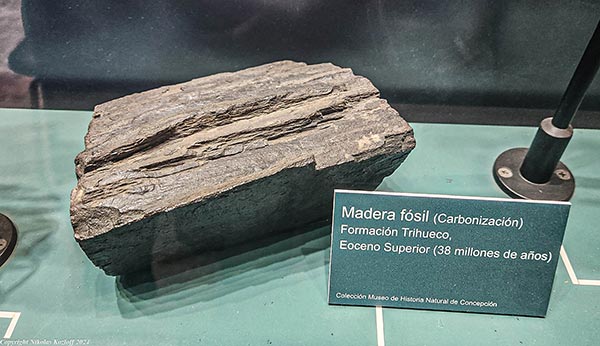
Leave a comment